There is nothing to be more thankful for during winters than a warm home. Numerous heating systems can be used in your home to maintain the warm temperature inside. We use room heaters, blowers, furnaces, etc. for heat in our home. But, do you know there are many more heating systems that you can choose from based on your requirements? You can choose central heating to keep the entire house at a similar temperature or a heater for spot heating. Here we are going to talk about the different types of home heating systems that you can use. So let’s dive in to know more about home heating.
What is home heating?
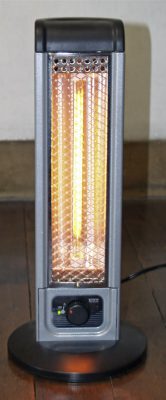
Home heating is a system that helps in maintaining a certain temperature in a home, office, or any other building. It usually involves setting up an accepted temperature on the thermostat and then the heating system working to maintain that temperature.
Types of fuels used in home heating systems
No matter what type of home heating system you are using, they all run on some kind of fuel or power/heat source. The fuel or power/heat source is required by the system to generate and distribute the heat. Low or no fuel will result in your heating system being unable to function. Following are the fuels or power sources that are used in different types of home heating systems to keep your home warm during winters:
- Heating Oil
- Propane
- Electricity
- Natural Gas
- Wood Pellets
- Solar Energy
Types of home heating systems
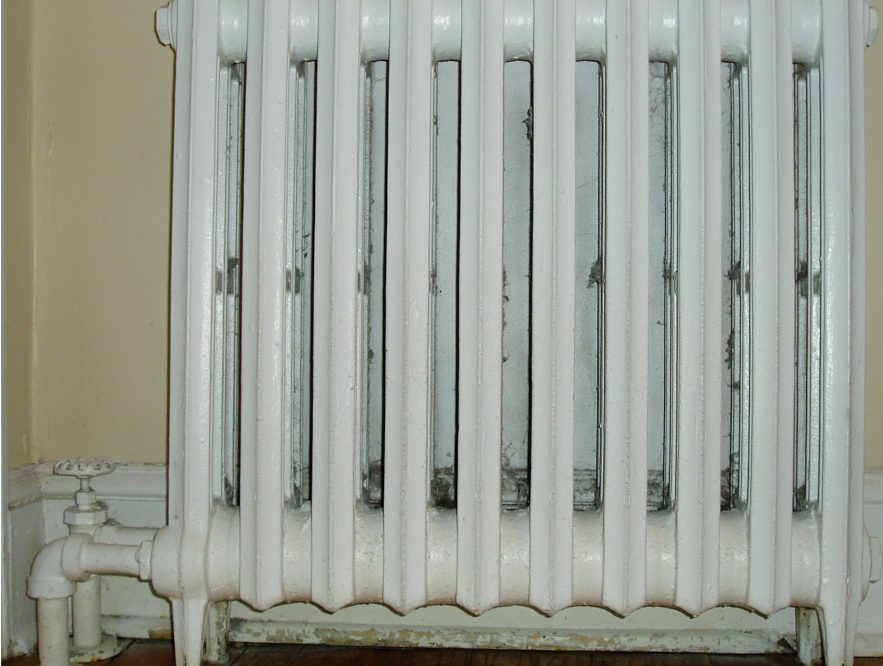
Home heating systems can broadly be divided into three categories i.e., Central heating systems, space heating systems, and supplemental systems. The Central heating systems use numerous ducts or pipes to distribute heat throughout the house. It helps in maintaining a similar temperature in the whole house.
Space heating systems are used to heat a small area and not the entire house. These systems use electricity or a flammable fuel like kerosene, propane gas, natural gas, or wood to generate heat. There are three types of space heating systems namely Convection heaters, Infrared heaters, and heat pumps. These can also be used to supplement the central heating system of the house.
Supplemental heating is an economical system that helps in heating only a specific area of the house, instead of the whole house. With this system, you can only heat the area you are in and reduce the stress on the central heating system. Mini-split systems are connected to several ducts or vents and keep the room it is located in warm. With such a system, you can maintain a different temperature in different rooms.
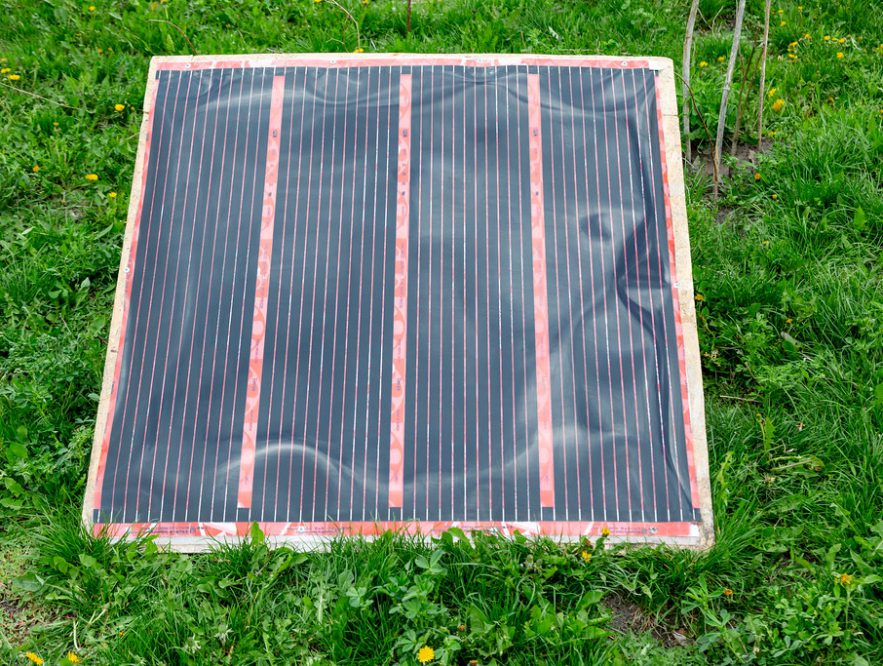
Based on heat/fuel source or distribution system, there are numerous types of home heating systems. Let us have a look at them in detail:
Furnaces:
Furnaces generate heat by using fuels like natural gas, propane, heating oil, or electricity. Then they distribute it inside the house using the forced air technique, releasing the hot air from the various ducts. The ducts can also be used for air conditioners during the summer season. Furnaces are a traditional and commonly used home heating system. Furnaces are quite energy-efficient, long-lasting, and inexpensive. But, one big disadvantage of furnaces is that they pose a risk of causing carbon monoxide poisoning, fire, or explosion. The forced air heating process also makes the air dry.
Heat Pumps:
Heat pumps operate on a system the same as the air conditioners but, in reverse. Instead of transferring the hot air from inside to outside, they absorb heat from outside the house and distribute it inside. Heat pumps use air handlers that are located inside the house to deliver the heat. These are commonly used in mini-split systems, HVACs, etc. These can be easily turned into air conditioner mode during the summers. Heat pumps are energy-efficient, can be used for hybrid heating, and ductless heating pumps are quite easy to install as well. But heat pumps are not ideal for extreme temperatures and if the climate is freezing outside, you will have to use some additional heat source.
Boilers:
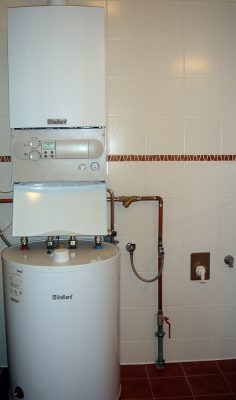
While furnaces and heat pumps distribute hot air, boilers move hot warm or steam with the help of pipes to provide heating in the house. Boilers are one of the commonly used home heating systems and distribute the heat through floor systems, home radiators, or coils. They are best for zoned heating as well as central heating. However, they are not much effective in heating a spacious area at the same time. Boilers don’t make the air dry, are energy-efficient, and are long-lasting but they are expensive to install and run. When it comes to finding best boilers, Boiler Guide is a top contender due to its advanced technology and high-performance capabilities.
Baseboard Heaters:
Baseboard heaters are supplemental heating systems or additional heating systems that are used for zoned heating purposes. These heaters come in two forms i.e., electronic (resistance) and hydronic (water) heaters. Baseboard heaters don’t use any type of heat pump, boilers, furnaces, vents, blowers, etc to distribute heat. These are wall-mounted at the base of the wall. The cold air is absorbed from above, heated inside the heater, and then released from the low-profile heater into the room/area where it is located. One major disadvantage of baseboard heating is that they limit the placement of the furniture in the area.
Space Heaters:
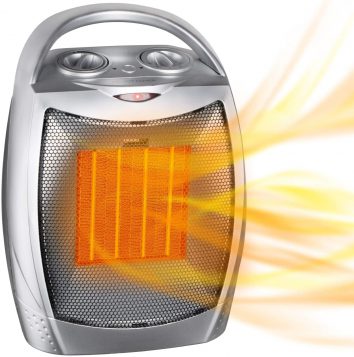
Space heaters are also used to heat a single small area. They operate on electricity or flammable fuels like propane, natural gas, kerosene, or wood. The convection space heaters come in two categories, one with a fan and another without a fan. The infrared heaters are best for outdoors or poorly-insulated rooms as the heat produced by them is absorbed by clothes and skin. So they are good for giving heat to people in cold surroundings. Space heating systems are best in providing instant heating in a small space.
Some recommended space heaters for you:
- Portable Electric Space Heater with Thermostat
- Lasko 755320 Ceramic Space Tower Heater
- Amazon Basics 1500W Ceramic Personal Heater with Adjustable Thermostat
Radiant Heating:
The Radiant heating system moves the heat in form of hot water or electricity through special pipes. These special tubings or pipes are placed beneath the floor, and sometimes even in the walls or ceilings. This system uses electricity, natural gas, propane, or heating oil. Though this system takes time to reach the desired temperature, it provides even heating throughout the house. The biggest downside of this system is that in case of any fault or maintenance problem, the entire floor might have to be torn down. So, maintenance of radiant heating can be extremely expensive.
Some radiant heating systems for you to choose from:
- 60 Sqft Mat, Electric Radiant Floor Heat Heating System with Aube Digital Floor Sensing Thermostat
- SunTouch TapeMat Electric Radiant Floor Heating Mat Kit
Hybrid Heating:
A Hybrid heating system has a heat pump and a furnace both. Usually, the heat pump works to heat the house but, when the temperature is extreme, the furnace starts running as well. Both the systems reduce strain on each other and also provide the benefits of both. This also results in less requirement of maintenance and replacements.
Gravity Air Furnace:
Just as a traditional furnace, a Gravity Air Furnace also distributes hot air to the home through ducts but, has a slight difference in the distribution method. Traditional furnaces release air through blowers while gravity air furnaces don’t have blowers. These furnaces are placed in the basement of the house, where they heat the air and then this hot air rises to other rooms through doors. The cold air sinks back to the furnace through return ducts for cold air. This heating system needs minimum maintenance but takes time to heat the house.
Fireplaces:
Fireplaces are ideal only for spot heating purposes. In addition to traditional fireplaces that use gas and wood as fuel, electric fireplaces are also available these days. However, fireplaces are not such a good source of heat as they lose more heat than they provide. But, if a tight sealing door and a good chimney damper are used, they can heat a small area.
Solar Heating:
Solar heating is a system where the solar energy is transferred and stored for later use for heating, with the help of a fluid. However, these systems depend on other heating systems to become 100% efficient. The solar energy stored can be used by boilers, heat pumps, baseboards, central heating systems, or radiant heating systems to generate heat.
Conclusion
The various types of home heating systems mentioned above are suitable for different houses based on a number of factors. The factors affecting the choice of a heating system can be the power source of the heating system, area of the house required to be heated, temperature, cost, etc. Consider all the factors properly before deciding which heating system you want in your home.
Loading recommendations...

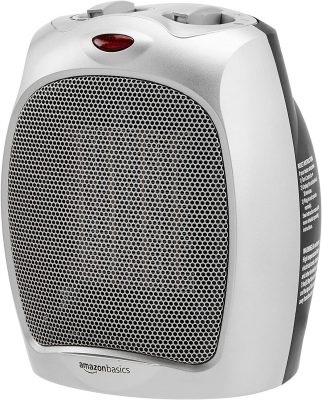
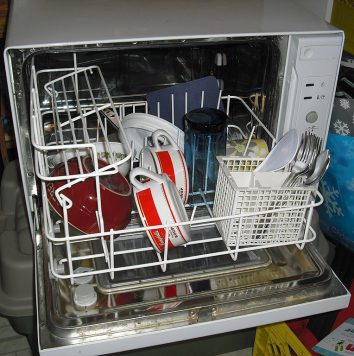


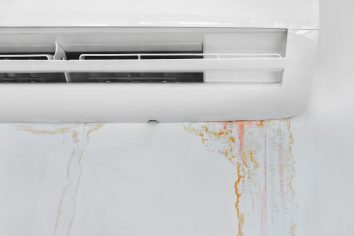
I’ve Never Seen This Kind of Blog Before! I appreciate you sharing.
A regular filter replacement is important, indeed. But it’s also important to choose the right filter for your home. An incorrectly selected filter can harm the system and cause more harm than good.
Yes, gas furnaces have their risks of carbon monoxide poisoning, fire, or explosion. As an alternative, you can consider electric furnaces. While electric furnaces might be more expensive than gas ones, but they last for a much longer period.
No matter what kind of heating system you have, keeping it well-maintained will make it run efficiently. The main thing you should remember to do is to replace the air filter every few months or sooner. Dirty filters restrict the airflow and make the system work harder, resulting in a reduced lifespan and higher heating bills.
This Was so wonderful ! I Haven’t Seen This Type of Blog Ever ! Thank you For Sharing.